I live in the lovely city of Graz, Austria. Every morning I go for a run or ride along the river Mur, which flows through the center of Graz. I had never noticed the diversity of flora and fauna alongside the river until I adapted to my new avatar as an artist a couple of years ago
Even though I have always loved being in nature it is only when I started sketching outdoors that I began to observe and connect to the natural environment more intensely. My field sketches are more than study notes or ways to learn the facts of nature. They are a means for opening a gateway to observing things differently.
Benefits of running in nature
I was running along the Mur recently and noticed the walnut trees loaded with walnuts looking almost like little green apples. There were plenty fallen on the ground as well. I realized during my run that despite the prevalence of ink, we have become so disconnected from it, much like we are from our food. It’s like when you have food that is grown by you not only do you find it tastes better, but it also has a depth of the story. So by making your own art supplies from foraged materials, you will always have that special story to remember! In fact, there are all kinds of things in a city that are just ignored unless you are looking at them with a kind of curious eyes. So, I collected a few of them to be made into ink for my sketches.
I usually think and get ideas while running in nature :-)!
The golden brown walnut ink has a beautiful warmth and timeless appeal. Black walnuts have been a staple in the making of ink for centuries. Following is my recipe for making ink from black walnuts!
Method
Step 1: Find a walnut tree and collect the fallen fruit. I collected about 7 or 8 walnuts as I wanted to make just a small batch of ink. For larger volumes simply collect more walnuts. The green hulls that encase the nuts are what you’ll be using to make the ink. Several recipes recommend that you wait until the skin starts to blacken before proceeding further, but my curiosity and impatience led me to use the green hulls straight away.
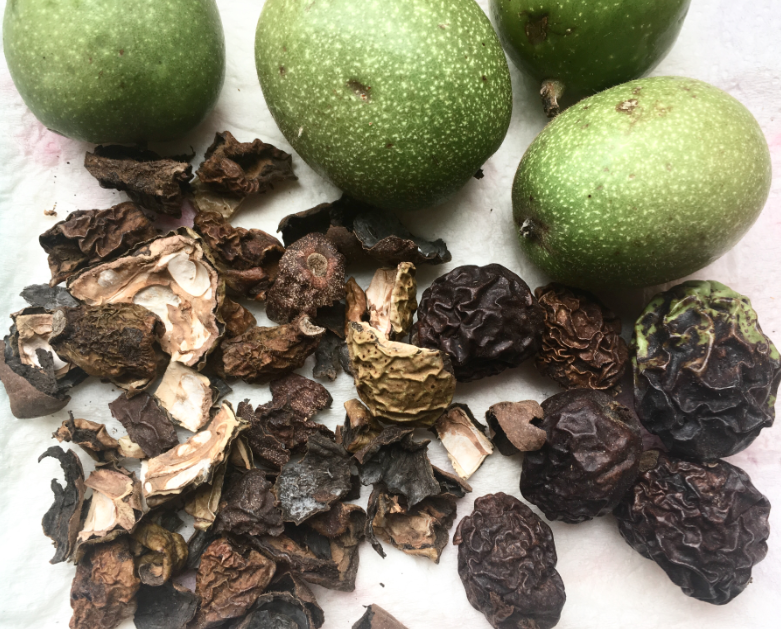
Green walnuts
Step 2: After removing and collecting the outer green layer add enough water to cover the shells and put in a pot that is designated for doing all your creative experiments. Wear gloves when removing the hulls as they will stain your hands. The walnuts are not part of the ink making process so you could share them with birds or squirrels.
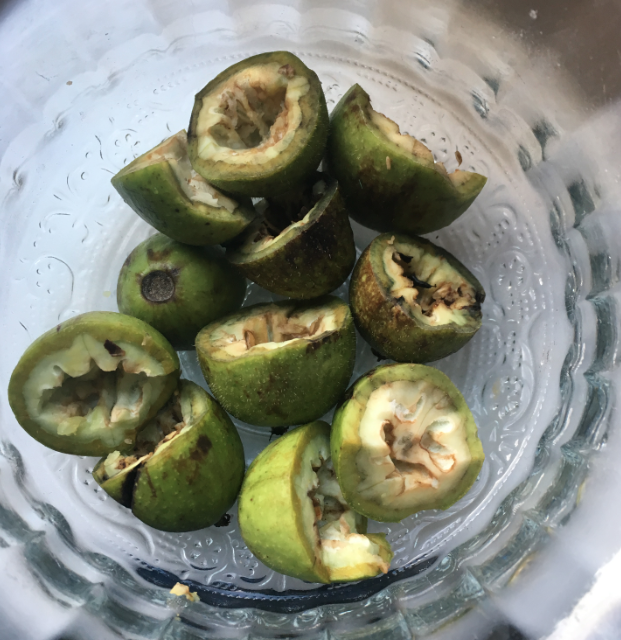
Sliced green walnuts with hulls intact and nuts removed.
Step 3: Bring the pot to a gentle boil, then turn down the heat to low. I boiled the hulls for about 5 minutes and let the pot sit on the electric stove after switching it off for about an hour. To speed up the process I also added baking soda which helps to break down the hull and release the tannin. Walnut ink can be made without the addition of baking soda, in which case you will have to let the solution simmer for a very long time!
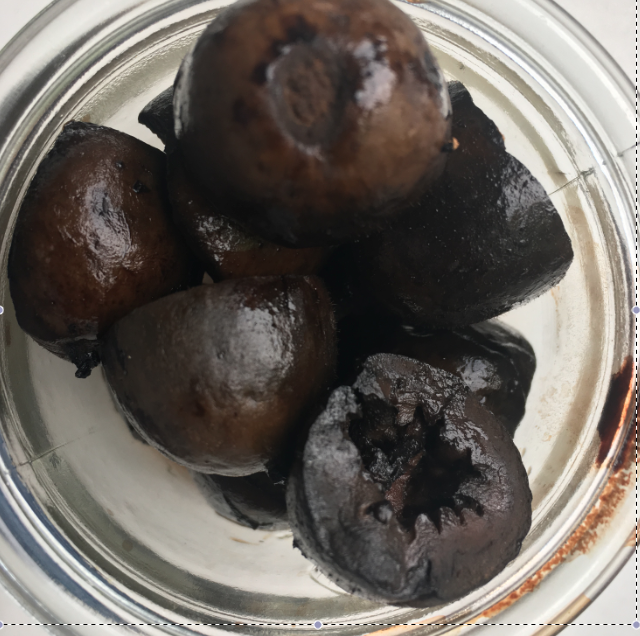
Tannin rich cooked green walnuts
Choose the strength and consistency of the ink according to your preference. Test it with a brush on paper to see if you need to cook it down more. I strained the liquid using a sieve but you could also use a pantyhose which will remove all sorts of organic sludge from your ink.
The color of the ink should be golden brown. It is water-soluble, lightfast, acid-free, non-toxic, and natural. You could also add rusted iron to darken the color. I didn’t have any rusted iron pieces so I will leave it to experiment with some time in the future. For now, I am quite satisfied with the current batch of my walnut ink. I also added a bit of 70% ethanol as a preservative.
As you can see, making walnut ink is not rocket science! There is no measuring required and nothing can go wrong in making this ink. If it gets too diluted just boil to reduce the volume or leave the pot outside for the ink to reduce in volume naturally.
A word of caution:
Walnut tree produces a substance known as juglone (5-hydroxy-alpha-napthaquinone) which is highly toxic to many other plants and some animals. Juglone is the source of dark color in walnut hulls. Do not discard the leftover black hulls into your garden or in the compost pit as the presence of juglone will inhibit plant growth.
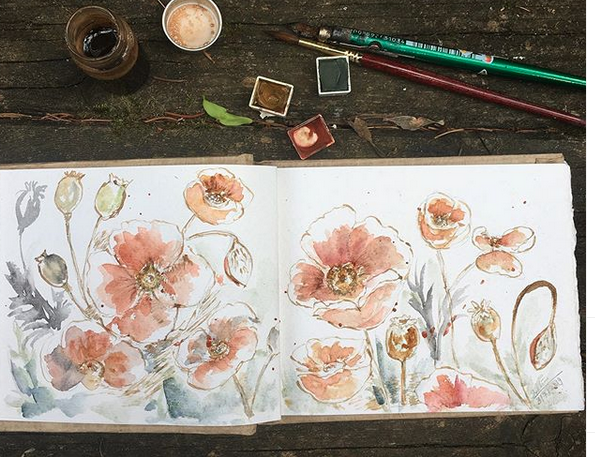
An illustration with ink and handmade watercolors
I hope that this article inspires you to make your own ink from natural resources as it costs nothing, more importantly, it is eco-friendly!
Capture the colors of your landscape by making natural inks.
Online Course: Making Natural Inks
DISCLAIMER: Kindly take necessary safety precautions during the ink making process. The author will not be held responsible to any adverse reaction that you may have in handling a nut bearing fruit. The author may change the contents of this document at any time, either in whole or in part.
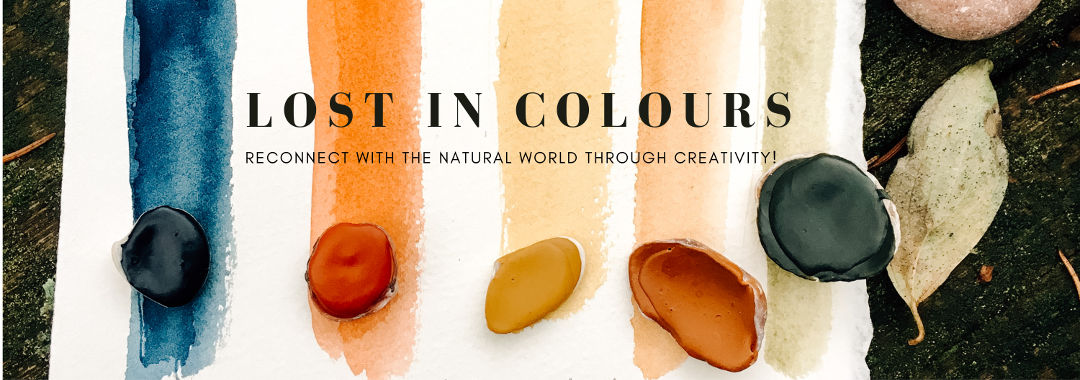
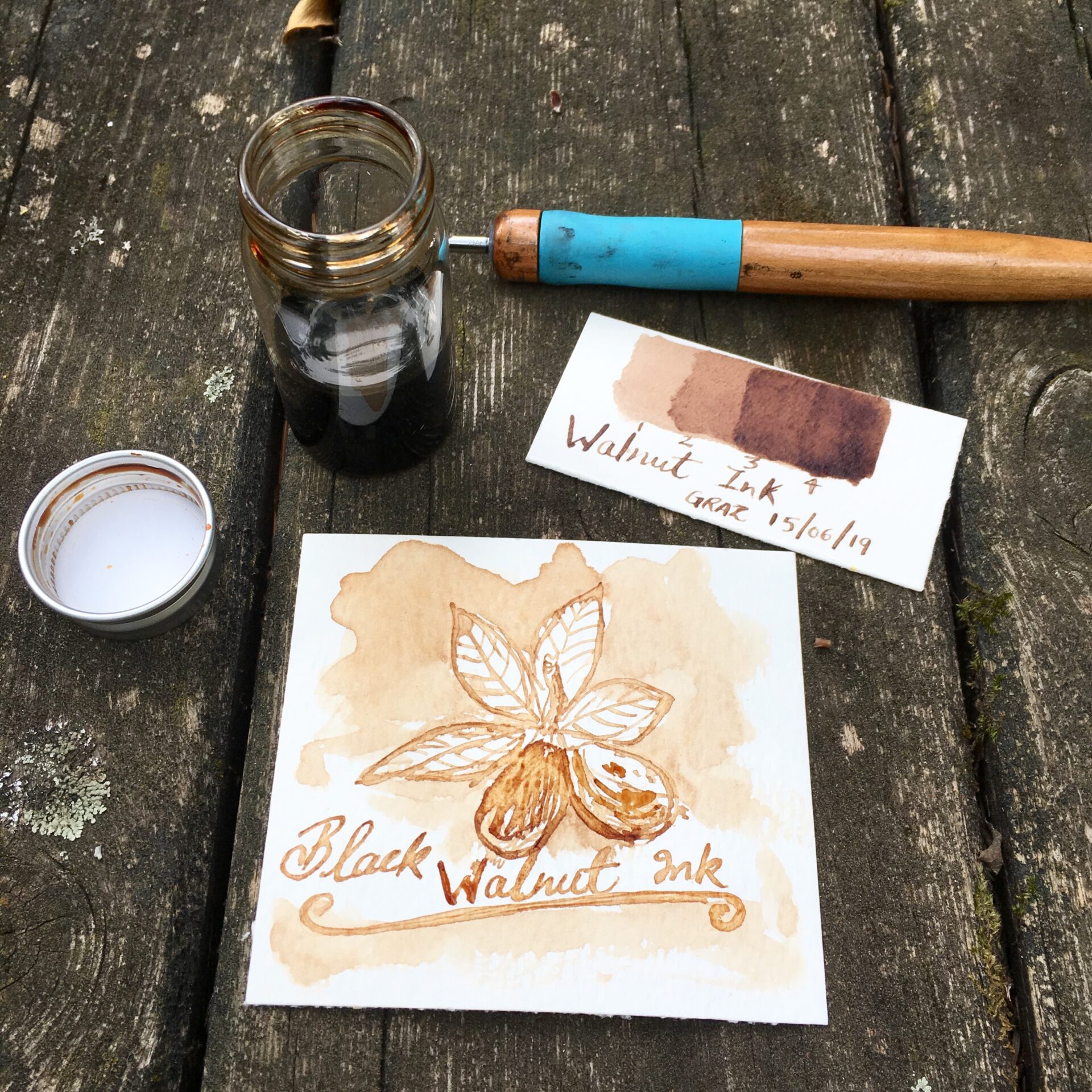
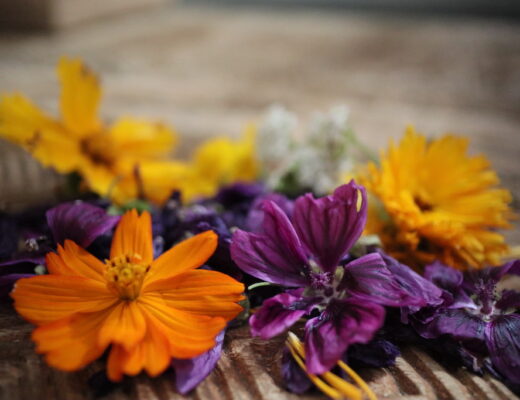
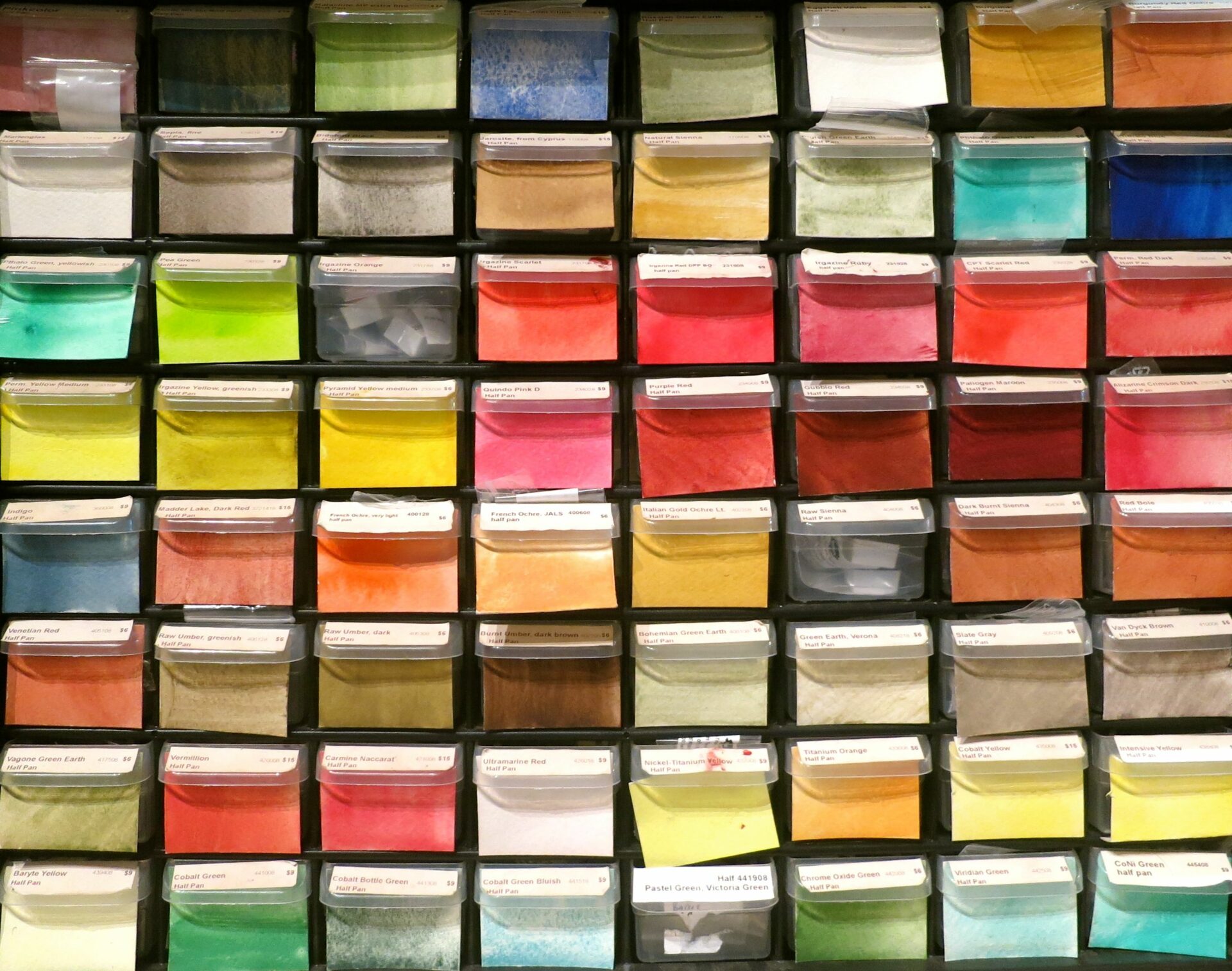
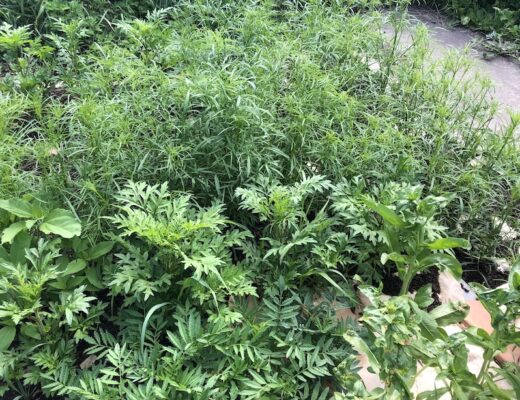
1 Comment
… [Trackback]
[…] Find More Informations here: lostincolours.com/black-walnut-ink/ […]